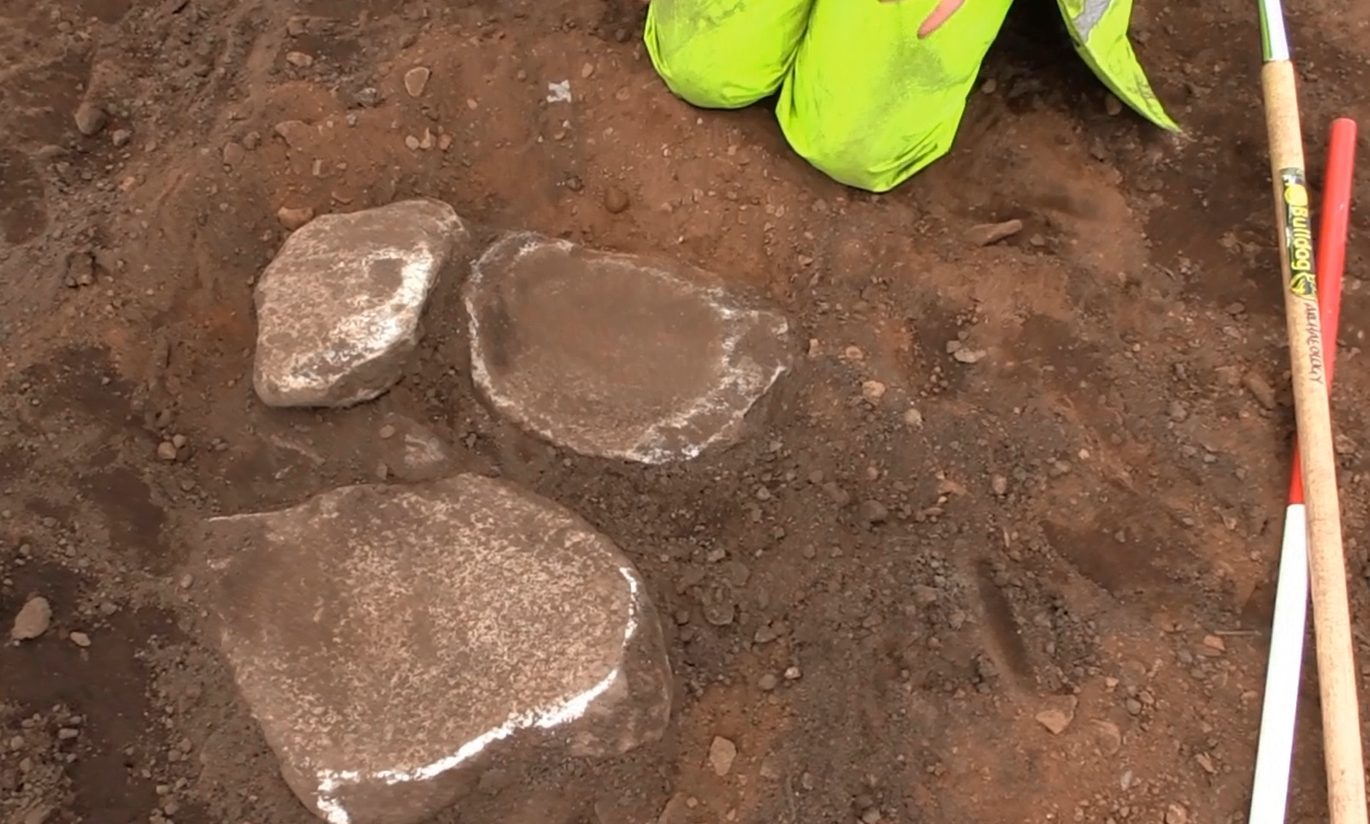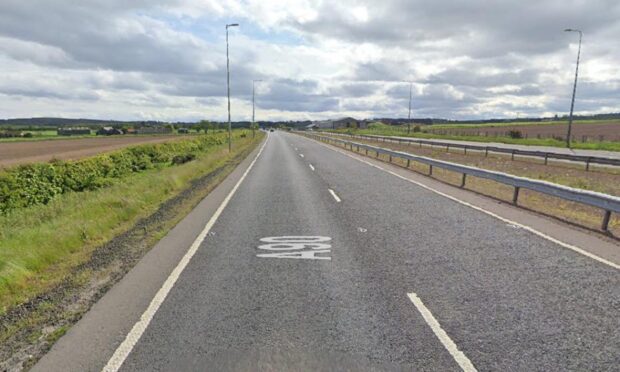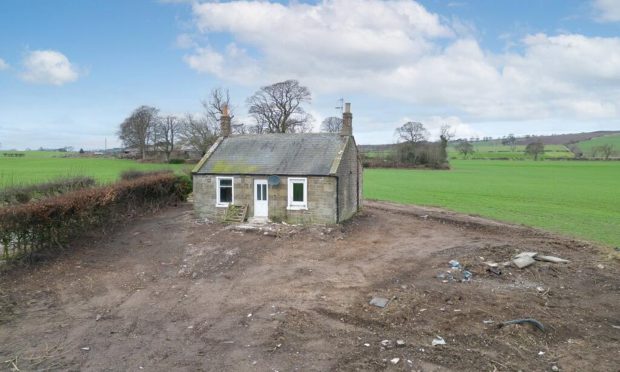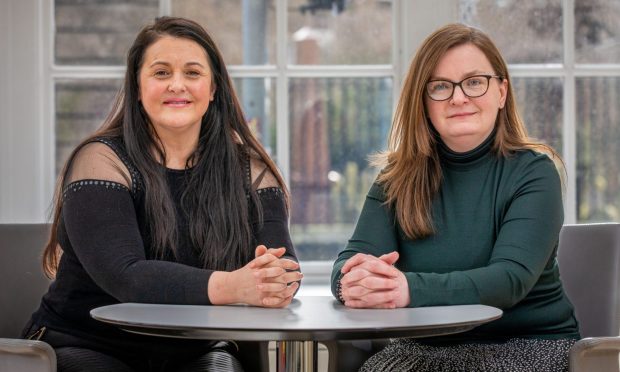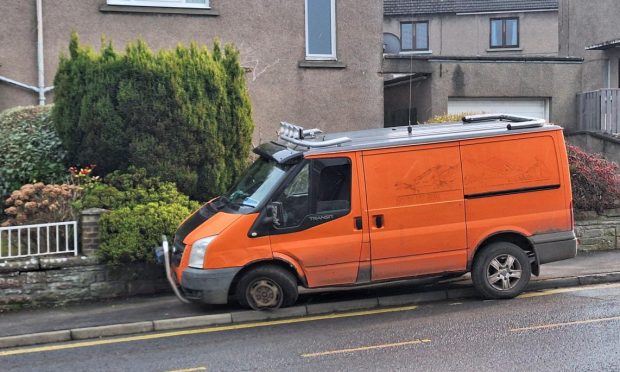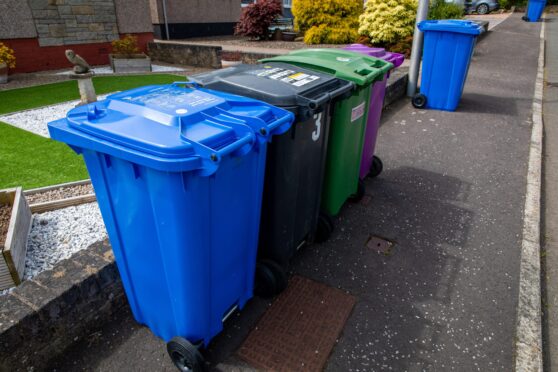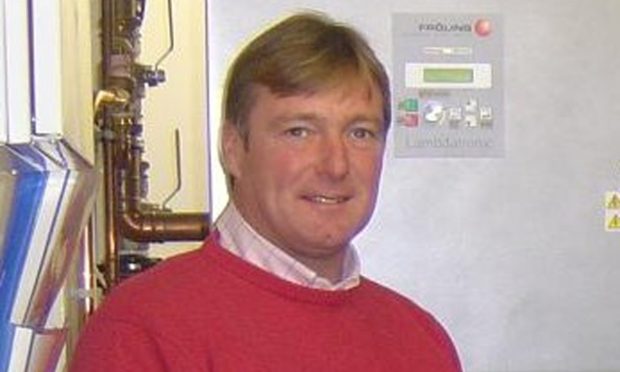Construction will begin on the site of an “internationally significant” discovery next month, an Angus Council committee has been told.
Around 650 artefacts from the Stone, Bronze and Iron ages were discovered during routine archaeology checks in Carnoustie last year, ahead of the creation of two community football pitches.
The Courier on Monday revealed that the total archaeology bill is expected to top £286,000, and will be met by the local authority’s capital contingency fund and £30,000 of local money.
This was because the council bought the land at Newton Farm, by Balmachie Road, under a section 75 agreement to redevelop as community use, and assumed responsibility for the cost of excavating and preserving any unexpected discoveries.
Locals voiced uncertainty over whether youth groups will get their development, and council has signalled work is ready to begin on February 24.
At a meeting in Forfar on Tuesday, communities committee convener Donald Morrison said “the pitches will go ahead.”
“Carnoustie was a hive of activity then, as it is now, given the artefacts found on the site of the planned sports pitches,” he told councillors.
“The work has to be carried out, and this comes at a cost.
“The pitches will go ahead.
“I wonder if the name of the first goal scorer on the pitches will go down in history in 4,000 years, as much as this sword that was found.”
Depute provost and Carnoustie councillor Brian Boyd said: “It is a little unfortunate it’s costing the council but we are where we are.
“It’s good the council are still going ahead.
“The one question I would like to ask is when we’re likely to start.”
Strategic director for communities Alan McKeown confirmed the February 24 commencement date.
The majority of the finds provide evidence of Bronze Age settlement activity between 2200 and 800BC, but there is evidence of earlier human activity in the form of the remains of a Neolithic long house between 4000 and 2500BC.
Due to the fragility of the exposed metalwork, and the unknown extent of material, the hoard was block lifted and dissected off-site in laboratory conditions.
